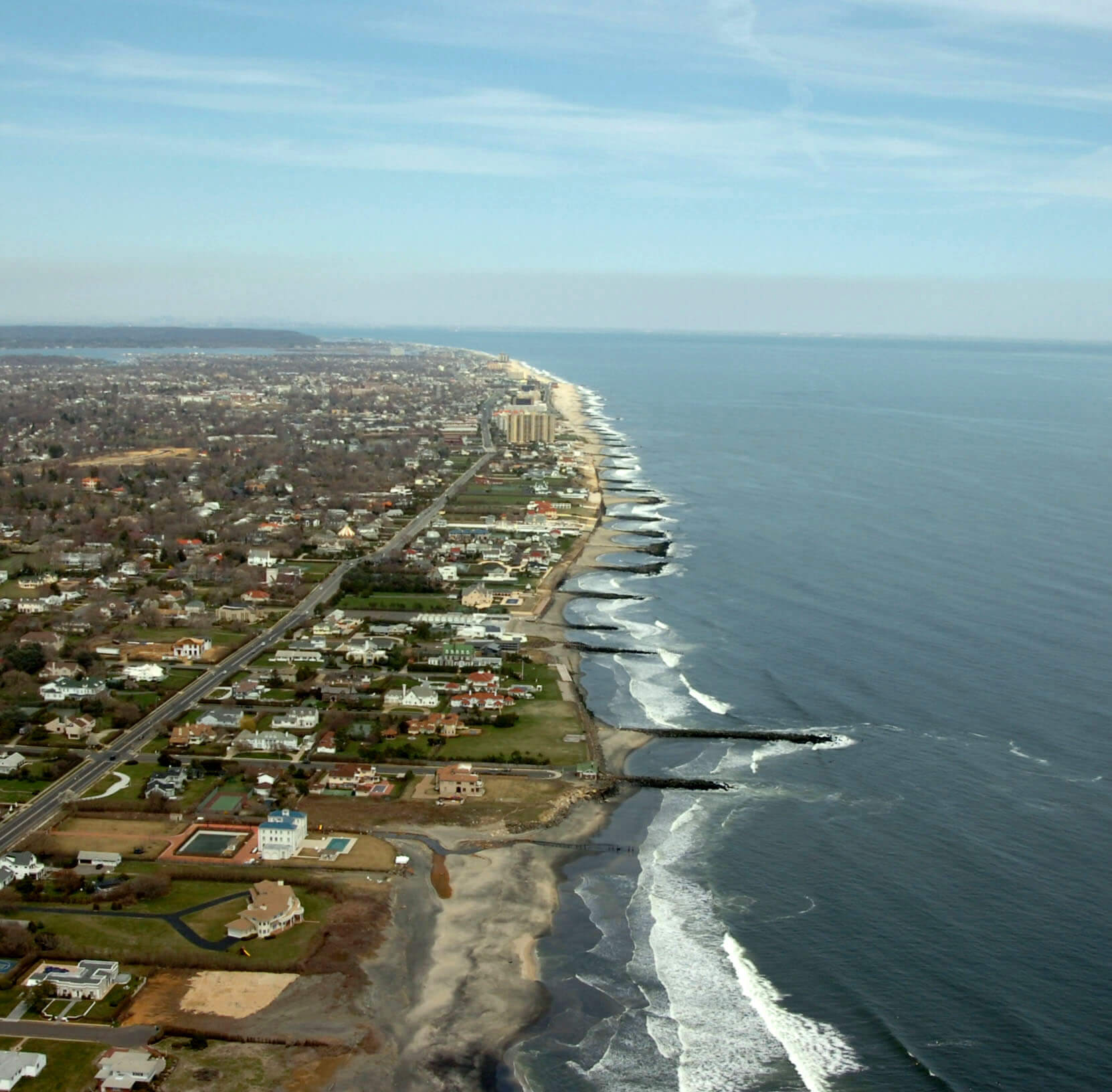
Urban Coast Institute Associate Director Tom Herrington and Department of Chemistry and Physics Adjunct Professor Matt Paccico delivered the joint presentation “The Sea at our Doorstep – How Rising Sea Level Will Change Our Coastal Communities in the Next 30 Years and Beyond” on Jan. 30, 2023, at the Edison Science Hall. Following the presentation, Kislak Real Estate Institute Interim Director Gina McKeever joined the panelists for a Q&A session with the audience.
The event kicked off Monmouth University’s 2023 Climate Crisis Teach-In lecture series. Visit the series web page for a full schedule of upcoming lectures.
Abstract
The elevation of the sea relative to land has varied greatly over the history of the Earth, from 330 feet higher than today during the Cretaceous Period 100 million years ago to 400 feet lower than present at the end of the last glacial maximum 22,000 years ago. In the distant past and the present, global mean sea level rise is a direct effect of climate change, resulting from a combination of thermal expansion of warming ocean waters and the addition of water mass into the ocean, largely associated with the loss of ice from glaciers and ice sheets. Sea levels will continue to rise due to the ocean’s sustained response to the warming that has already occurred — even if climate change mitigation succeeds in limiting surface air temperatures in the coming decades. Due to the increase in global warming over the last century, sea level along the U.S. East Coast is projected to rise, on average, 10-14 inches (0.25 – 0.35 meters) in the next 30 years (2020-50), which will be as much as the rise measured over the last 100 years (1920-2020). Beyond 2050, uncertainty in sea level rise projections increases substantially, due to uncertainties in future greenhouse gas emissions and in long-term ice sheet stability in a warming world. The rise in sea level will create a profound shift in coastal flooding by causing tide and storm surge heights to increase and reach further inland, making coastal communities that are already experiencing increased frequency and intensity of coastal flooding more vulnerable to widespread damage. This presentation will review the processes on Earth responsible for sea level elevation changes and what the consequences will be for our coastal communities over the next 30 years, and what the consequences could be through the end of the century.

